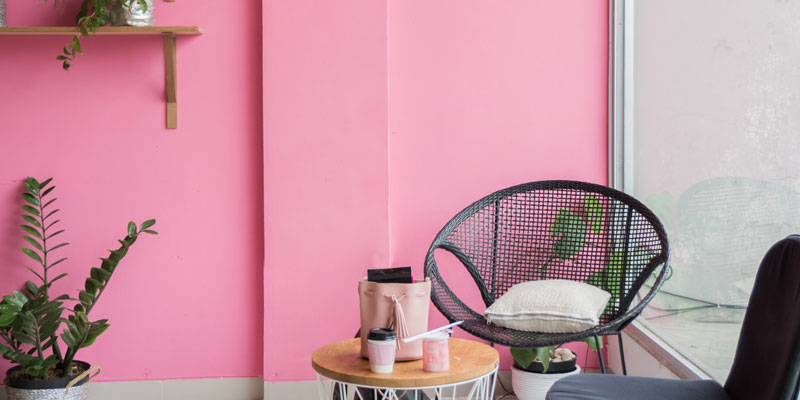Extend the Life of Your Walls and Paint After the Job
If you recently completed an interior painting project, congratulations! You worked very hard to improve the look of your home. It's now time to think about strategies that will help you retain that great look for years to come. Follow these tips on how to ensure your interior walls are a source of pride for a long time.

Use Quality Paint
Granted, your decision to select a certain paint occurred long before you started painting, but hopefully you selected a good quality paint and one that is washable. Using a quality paint for your interior walls and especially one that is washable, will go a long way to helping you remove the dirty fingerprints, scuffs, and other marks that invariably make their way to your walls.
Keep a Maintenance Routine
Considering all the hard work you put into making your walls look great, it is worthwhile to add your walls to any spring cleaning projects you complete. Just as you wash curtains, clean out closets, clear out cobwebs, and complete other tasks in a deep cleaning project, it's a good idea to inspect your walls for any dirt marks, scuffs, holes, cracks, and more. Clean them up and repair as necessary. If you clean every other surface in a room but leave your walls dirty and unkempt, you'll always wonder why your cleaning projects don't seem as successful as you would like.
Be Gentle to Your Walls
If you shove your furniture right up to a wall, there's a good chance it will leave a wall mark. To prevent this from happening, place your furniture a somewhat-generous distance away from your walls. In addition, mirrors, wall hangings, photo frames, and other décor are notorious for leaving unwanted marks and scratches on your walls. If you don't mind adding something to the back of your decorations, consider applying some small felt furniture pads to each back corner. By doing so, you will add a soft buffer that can help protect your newly painted walls.
Have Some Backup Paint for Touch-Ups
Save at least one can of the paint you applied, even if only a small amount is left over. There are times when washing a wall simply doesn't cut it, and a little touch-up paint will resolve a stubborn stain. In addition, if you ever get a ding, a small (or big) hole, or if you decide to move wall hangings, you will have some leftover paint to retouch holes after you've applied spackling paste.
If you'd like to know more about how to maintain the beauty of your walls for years to come after a major (or minor) painting job, please contact us today!
About the author
Chase DeRousse is the Vice President of Painting at Major Painting and strives to deliver quality craftsmanship coupled with superior customer service, creating a unique and pleasant experience for all Major Painting customers, no matter the size of the project. Chase also holds an active Class A General Contracting License.
Chase has won multiple accolades recognizing his leadership and excellence in the painting industry including awards from the Painting Contractor Association (PCA), Business Owners and Managers Association (BOMA), and Institute of Real Estate Management (IREM).